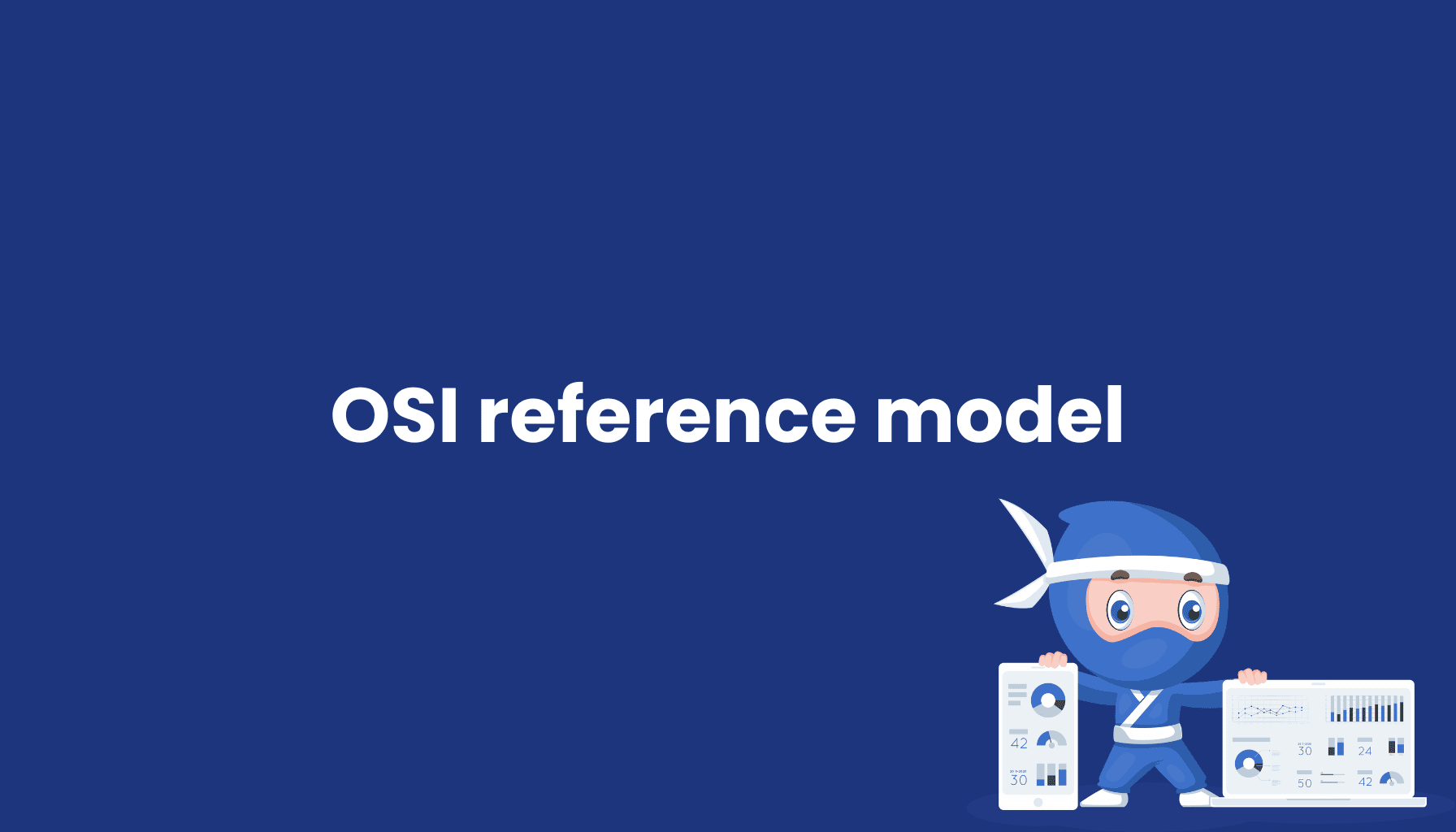OSI reference model

What is the OSI Reference Model?
The OSI Reference Model (Open Systems Interconnection) is a layered model for network communication that consists of seven layers. Each of these layers defines specific functions and protocols for data transmission, enabling standardized and structured communication between different network systems. The model was developed by the International Organization for Standardization (ISO) to ensure interoperability and compatibility between various network architectures.
The Seven Layers of the OSI Reference Model
-
Physical Layer: Responsible for the transmission of raw data over physical media such as cables or wireless connections. In manufacturing, specialized physical networks are often used to connect production equipment.
-
Data Link Layer: Handles error detection and correction during data transmission and controls access to the transmission medium. In manufacturing, this layer ensures that machines can reliably communicate with each other.
-
Network Layer: Responsible for routing and forwarding data packets across the network. In production environments, it is essential that data packets are efficiently routed between different equipment and control systems.
-
Transport Layer: Ensures reliable and orderly data transmission between end systems. This is crucial for ensuring that critical production data is transmitted without loss.
-
Session Layer: Manages and controls sessions between applications. In manufacturing, this can help organize communication between different control software components.
-
Presentation Layer: Translates data into a format that the application can understand (e.g., encryption or compression). In production, this layer can be used to convert sensor data into a standardized format.
-
Application Layer: Provides network services for applications, such as email, file transfer, or web browsing. In manufacturing, the application layer enables access to production control software and monitoring systems.
Benefits of the OSI Reference Model
-
Layered Model: Dividing network communication into seven layers simplifies and structures communication, with each layer handling specific functions. This is particularly useful in manufacturing, where many different devices and systems need to work together.
-
Protocol Definition: The OSI Reference Model defines communication protocols for each layer, enabling better interoperability and flexibility when integrating new technologies. This facilitates the introduction of new machines and systems into existing production networks.
-
Interoperability: The model ensures that different network systems can communicate with each other, even if they come from different manufacturers. In manufacturing, this contributes to the seamless integration of machines and equipment.
Applications of the OSI Reference Model
The OSI Reference Model is used in various areas of networking and IT:
-
Network Architecture: To better understand and structure communication between devices and networks. In manufacturing, this helps optimize the networking of production equipment and control systems.
-
Troubleshooting: Network issues can be more easily diagnosed by isolating them to a specific layer. This is particularly important in production environments to minimize downtime.
-
Protocol Development: The model serves as a foundation for developing and standardizing new network protocols that can be specifically tailored for industrial applications.
Summary of the OSI Reference Model
The OSI Reference Model is an essential concept for standardizing and structuring network communication. By dividing communication into seven layers, it defines specific functions and protocols that promote interoperability and flexibility in network operations. The model is indispensable for developing modern networks and ensuring seamless communication between different systems, particularly in manufacturing, where seamless integration and reliable communication are crucial.





-1.png)